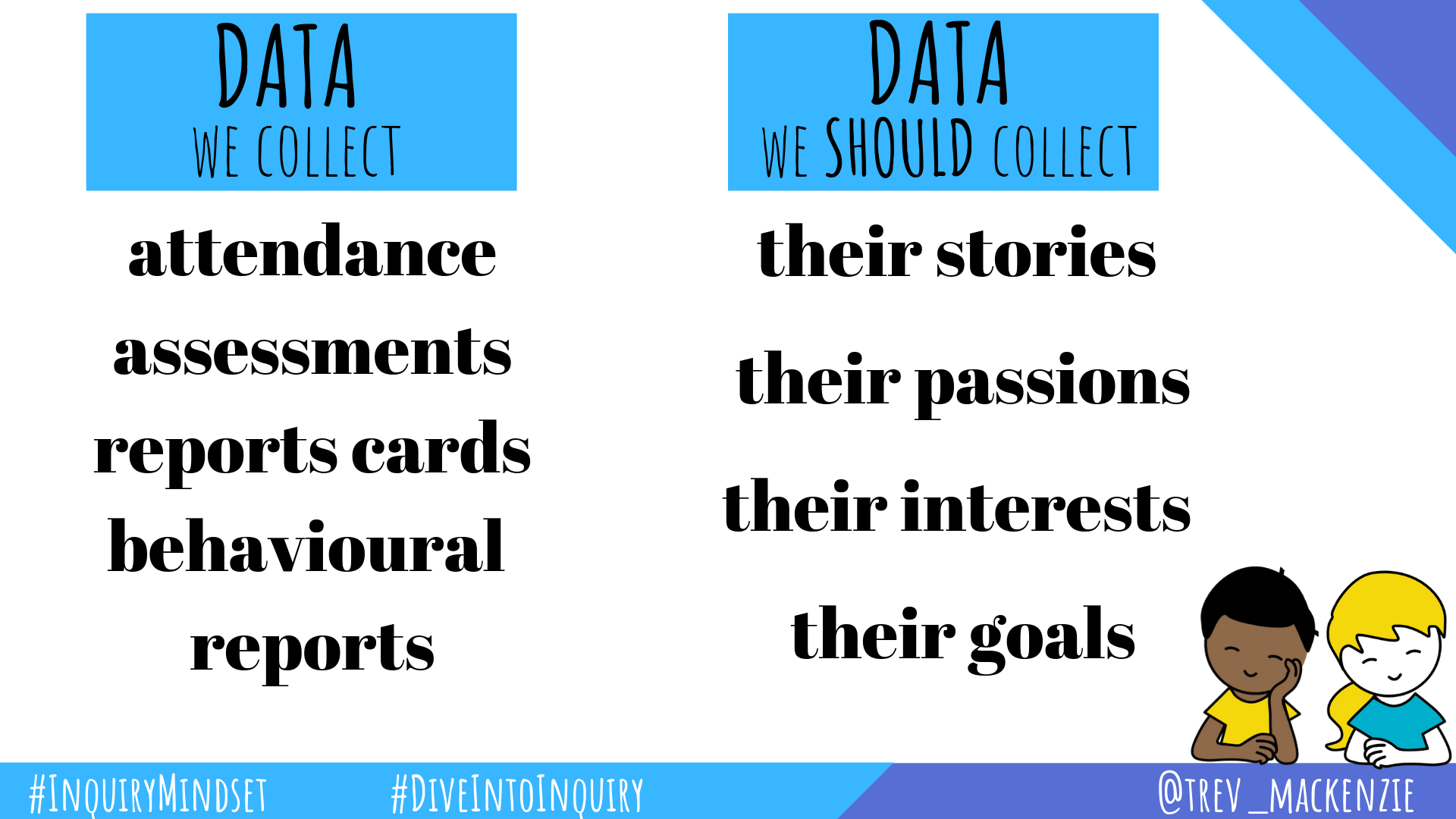Y’all know how much I believe in the power of questions as the start point to learning. Supporting our students to create questions that guide their learning and shaping our curriculum around these questions is the most powerful shift we can make in working towards creating innovators and creators and publishers and problem solvers.
Inquiry & the Design of Learning Spaces
In my travels I’ve come across some inspiringly designed spaces that have several things in common. First, they all shift the design of the room from the teacher to the student. When you enter the space it’s at first difficult to ascertain where the focal point of the space should be. Second, they all utilize mobile and modular furniture. There are several different types of seating, working, and sharing spaces that can be configured in countless ways. Third, transparency is a key theme. Whether it’s natural light, accordion-style dividers, or glass walls, it’s abundantly clear that these rooms don’t want to promote a closed door mentality. And last, the tech is hard to see. All of the spaces possess tech tools from Chromebooks to iPads to flatscreen TVs to VR gadgets to 3D printers, but none of these items appear to drive learning in the space. Rather, all of these investments are located in areas and in ways that seem to suggest they support, enhance, and accelerate what is happening in the classroom.
How does a wing generate lift?
The Standford Marshmallow Experiment
TVO’s The Agenda
The highlight of my 2017 has been a special opportunity to speak on TVO’s The Agenda, the popular current events show that “delves deep inside contemporary social, political, cultural and economic issues affecting Canadians through experts and newsmakers debating and analyzing the topics.”
Leading With Lollipops
Meet Rita Pierson
Caine's Arcade
Data We Collect vs Data We SHOULD Collect. Where are you?
Recently I tweeted the above image and within a single day it was retweeted and liked over 2000 times. That’s something. Could you imagine if your students tweeted something from your lesson to this extent? Or if your principal or employer gave you that many kudos for something you shared? Needless to say I think the notion the image suggests around the role of data in education struck a chord with my PLN and I’d like to take this opportunity to grapple with why I think this is the case.








